Record Collection from Gabriel’s
In the past, I’ve written about the used records, bound in old-school albums, I have found at Gabriel’s, the thrift-bookshop in Lakeside. Because the records are donated, they are a real crapshoot, as the ruffians say. Often they come from estates, from families that don’t want to sell things piecemeal and are grateful someone will just take the whole collection all off their hands.
The first disc in my latest acquisition is a quirkily romantic song by Roy Smeck. According to Wikipedia:
Leroy Smeck (6 February 1900 – 5 April 1994) was an American musician. His skill on the banjo, guitar, and ukulele earned him the nickname “The Wizard of the Strings.”
“I Used to be Color Blind” is quirkily romantic because the conceit is that love has brought color to his vision, his life. The B-Side was “Tu Li Tulip Time.”
The “Toadie Toddle” was a different kind of quirky song.
The B-Side was “Don’t Tell a Soul (I Love You).”
The next record was “I Don’t Care What You Used to Be,” a song covered by many groups between 1900 and 1940. It’s hard to imagine any popular song now being covered as many times as these old songs were covered. What changed, that we expect musicians to identify with “their” songs?
“Lonely Little Bluebird” is by Alan McQuae, a “beloved” Irish tenor. It’s a bit corny, for my taste. Corny and quirky seems to exemplify this batch of records.
“Lonely Wine” and “Lost in Meditation” by Les Baxter.
Baxter was famous. According to Wikipedia:
Leslie Thompson Baxter (March 14, 1922 – January 15, 1996) was an American musician, composer and conductor. After working as an arranger and composer for swing bands, he developed his own style of easy listening music, known as exotica and scored over 250 radio, television and motion pictures numbers.
Exotica is apparently alive and well in Duluth, as evidenced by the Hot Club of Duluth.
“Dear, on a Night Like This” and “On the Vagabond Trail” by William Wirges. According to AllMusic,
William Wirges was a pianist, bandleader, and composer who was a member of the legendary Cliquot Club Eskimos and a mainstay in the early days of radio. Born in Buffalo, Wirges served in World War I. After his return to the states, Wirges went on the road, working as piano accompanist on the so-called “Chautauqua circuit” backing up singers and vaudeville acts. He formed a publishing company, William Wirges Music, Inc.
Wirges was a prolific composer, writing popular songs, sacred material, and commercial jingles. One of the jingles became Wirges’ best-known number, the song “Chiquita Banana” written with lyricists Garth Montgomery and Len Mackenzie.
“To Be in Love” and “When My Dreams Come True” by Hal Kemp.
According to Wikipedia, “James Hal Kemp (March 27, 1904 – December 21, 1940) was an American jazz alto saxophonist, clarinetist, bandleader, composer, and arranger.”
The real star, though, was the Imperial Dance Orchestra. Thurlow Lieurance wrote “By the Waters of Minnetonka.” I was happy to bring something home with a connection to Minnesota in this bunch, but am of course disappointed that it’s got a complicated connection to the racist relationship between settlers and indigenous peoples in Minnesota.
Here’a long bit from Wikipedia:
Around 1909, Lieurance acquired a portable cylinder recording device from Edison Records, and carried it with him whenever he went to visit Indian performers. In October 1911 he recorded a Crow (Apsalooke) (maybe Oglala Lakota Sioux) singer, Sitting Eagle, also known as Mortimer Dreamer, then living on the Crow Reservation in Montana. From this recording he took the melody for his song “By the Waters of the Minnetonka”. He set it to a harp-like accompaniment,[1] and it was published by Theodore Presser in 1913 as “an Indian love song” with words by J. M. Cavanass, becoming an instant success and going through several editions; it was also frequently recorded in the years before 1950.
The early editions of the published arrangements in 1915, 1917, and 1921 called for a violin or flute to echo the vocal melody, playing either a provided melody or ad lib. Possibly because of this, the melody is often played on the Native American flute. The performance notes from Lieurance’s 1921 edition suggest:
A violin typifies the wind, if you choose, echoes the soft harmonies of the accompaniment which rocks to and fro on harp chords, between the major key and its relative minor, in and out of that singular domain musicians know as the “added Sixth” chord and its derivatives.
A typewritten note found among the composer’s papers describes the legend behind the song:
Moon Deer, daughter of the Moon Clan, loved Sun Deer of the Sun Clan. Tribal law forbade marriage between the two clans. It was decreed that daughters of the Moon Clan must marry into the Eagle Clan. The two lovers, in tears, ran away far to the east and north. They came to a beautiful lake called Minnetonka (Minne means water; Tonka means large and round). Their happiness was disturbed because their traditional enemies, the Chippewa, lived on the north shore of this lake. They feared to return home and be separated, and finally in desperation they decided to end it all. The legend states that they disappeared beneath the waves and were no more. The waves moaned a rhythmic sound and the pines crooned their love song. Many moons afterwards the warriors of the Sioux drove the Chippewa north to Lake Superior. One night while they were camped on the shores of Lake Minnetonka, they heard the waters singing a weird melody and, in the moon-path on the waters, two lilies appeared and grew to the skies. The lilies were the spirits of Moon Deer and Sun Deer.
Lieurance himself recognized how important to his career the song had been, later saying:
That night marked an epoch in my life, opened to me a new world. What work I have since done has been due chiefly to that song. Thousands of people have heard it, clothed with the harmonizing which our ears demand; it is lying upon music Tables all over the land, has been sung by many of the world’s famous singers, including Schuman-Heink, Julia Culp and Alice Nielson.
Lieurance married, in 1917, Edna Woolley, and she took part in his recital tours thereafter. She would wear an Indian costume and play the part of “Princess Watahwaso”. Such was the success of these recitals that Lieurance was able to return to school in Cincinnati, finally gaining his degree there in 1924. The couple retired from concertizing in 1926 and settled into teaching positions, working briefly at the University of Nebraska[2] before coming to the University of Wichita. Lieurance eventually became the school’s Dean of Fine Arts. The couple retired from the university in 1945.
Lieurance and his wife were invited by Theodore Presser to travel to Europe in the early 1930s. Upon their return, the composer was given support for his research into Native American music when he received a grant from the Scientific Research Society of America.
The Scientific Research Society of America appears to be legit-ish — a means of funneling support for research to non-academics. But the “scientific” study of indigenous people in the 1930s was fraught, too, and giving money to someone who appears to have invented the story of the lovers in his song feels … suspect.
Princess Watahwaso is also interesting, as a figure — she was real, and a real indigenous woman. The woman who performed under that name (Lucy Nicolar Poolaw) was a firebrand. According to Wikipedia:
In January 1900, when 17 years old, Nicolar attended a debate on the subject of immigration in New York City. She silenced the attendees with the statement “I believe I am the only true American here.”
She would perform songs by Thurlow Lieurance in her stage performances, songs she must have known to be at least … complicated in their relationship to her culture (Penobscot tribe of Maine).
It’s complicated. It’s all complicated. But at least, 60 years before Prince, here is a song about Lake Minnetonka.
… by Desi Arnaz
By Glenn Miller
By Ray Noble
By Stephen DeCesare and Shoshana Feinstein:
That last one is a hoot.
Maybe this whole collection is.
Recommended Links:
Leave a Comment
Only registered members can post a comment , Login / Register Here


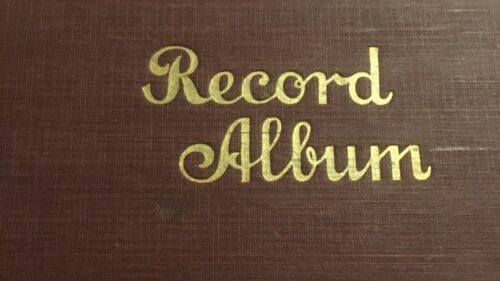
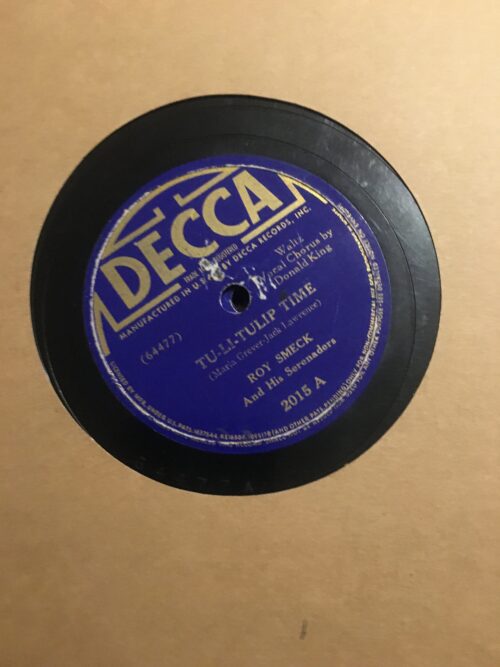
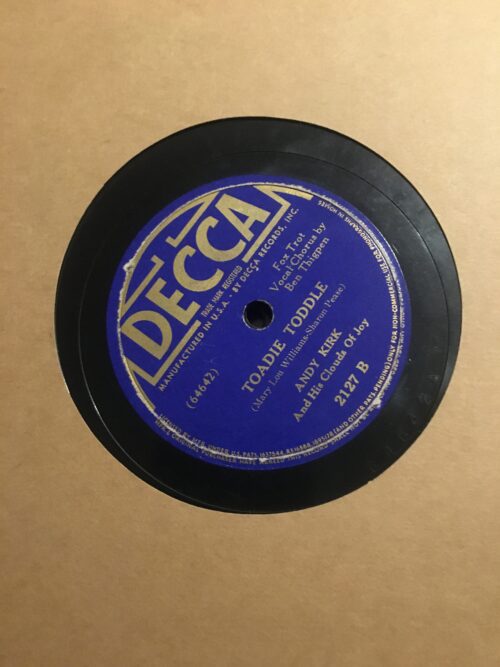
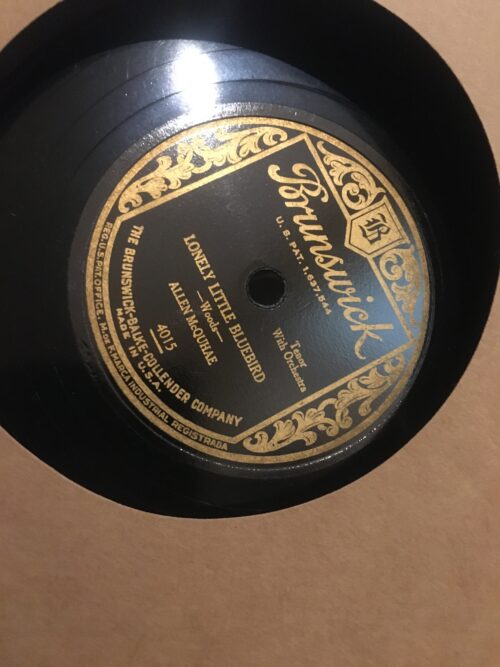
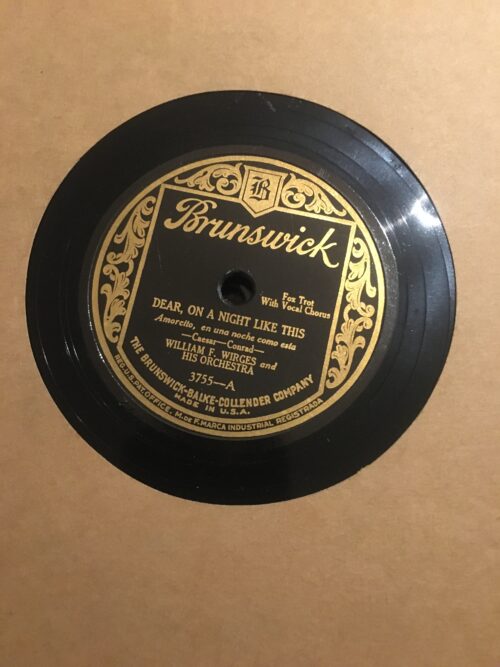
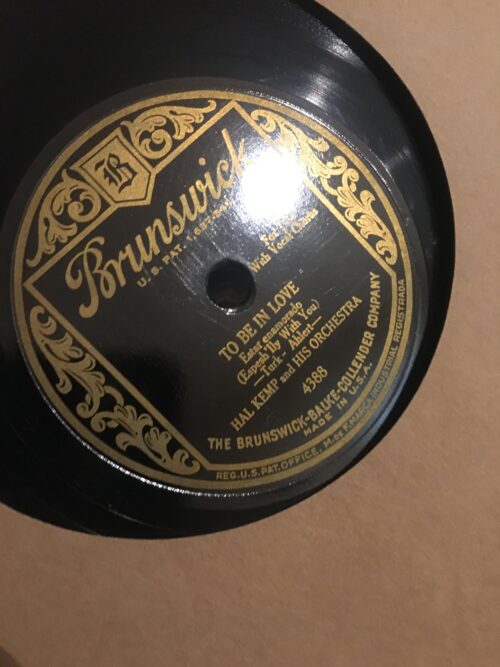
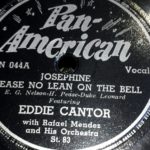
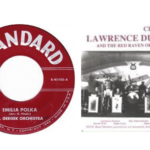










1 Comment
Helmut Flaag
about 1 year ago